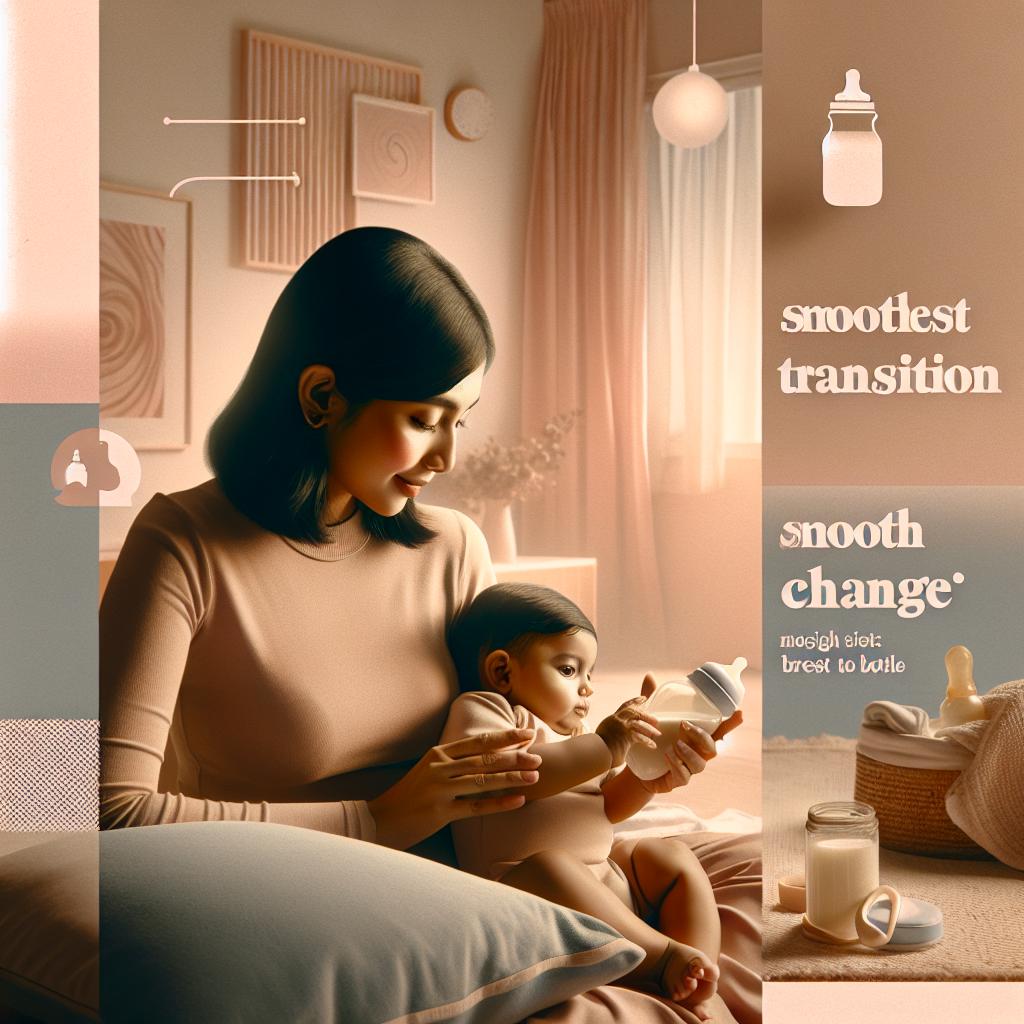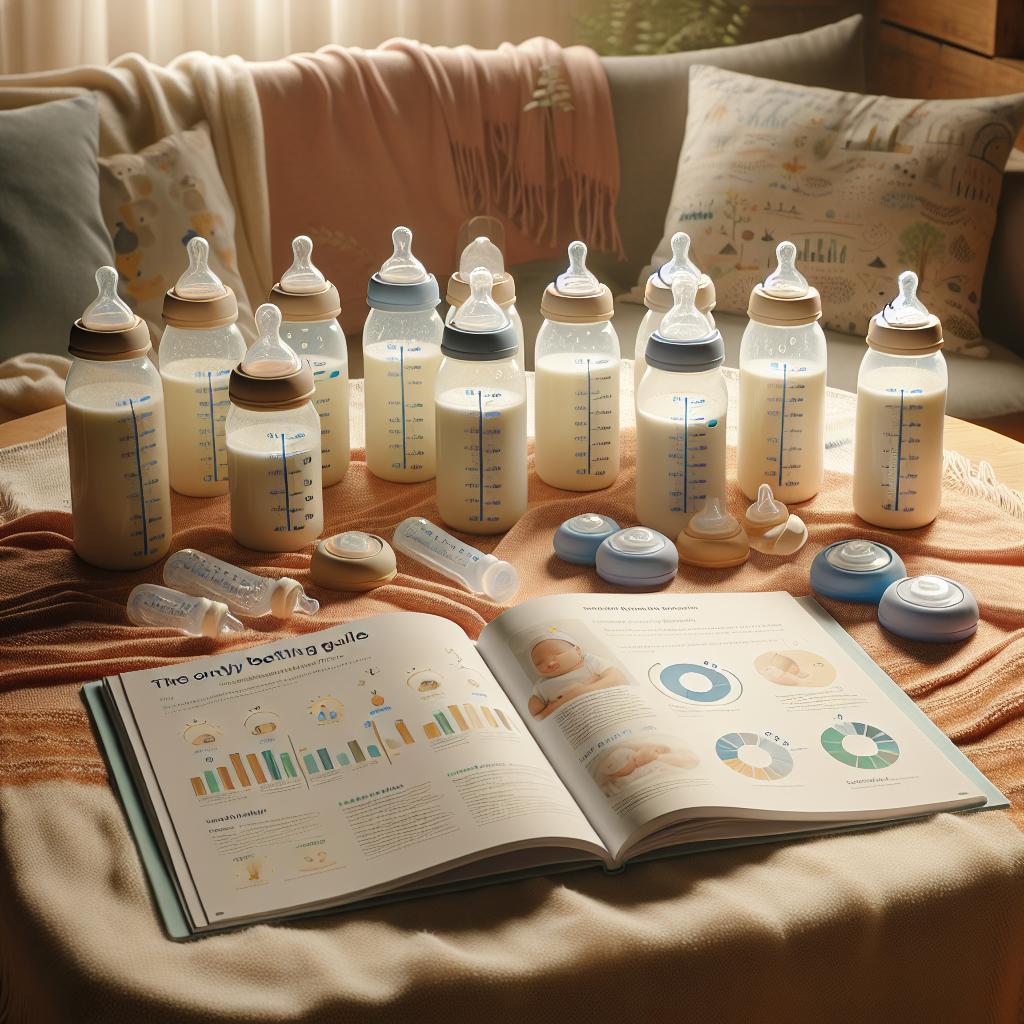Understanding Research-Driven Baby Bottles
For parents, providing their little ones with the best feeding solutions is paramount. But with so many options available, making a choice can be daunting. Enter research-driven baby bottles. They are the culmination of scientific study and design innovation targeted at optimizing your baby’s feeding experience.
What Makes These Bottles Different?
Research-driven baby bottles are more than just containers for milk or formula; they are specifically crafted to mimic the natural feeding process. With cutting-edge designs based on extensive scientific research, these bottles offer a range of benefits, from reducing air intake to minimizing nipple confusion. By replicating the breastfeeding experience, these bottles help nourish your baby in the most natural way possible.
Science Behind Research-Driven Baby Bottles
When it comes to baby bottles, science and research play a vital role. The design, material, and even the flow rate are all influenced by meticulous scientific study. Let’s delve deeper into the science behind these advanced feeding solutions:
- Reduced Air Intake: One of the main challenges with traditional baby bottles is the potential for air intake during feeding, which could lead to discomfort and colic. Research-driven bottles come with vent systems that eliminate negative pressure and significantly reduce air intake. The design of Dr. Brown’s bottles, for example, allows air to channel directly to the back of the bottle, bypassing the milk altogether.
- Biologically Appropriate Flow Rates: Scientifically advanced bottles aim to replicate the flow rates of natural breastfeeding, supporting the baby’s feeding rhythm and reducing the risk of overfeeding.
- Material Wise: Research-driven bottles often use BPA-free plastics or high-grade silicone. These materials are safe, durable, and capable of withstanding high temperatures during sterilization.
- Nipple Design: To reduce confusion and refusal, bottles are designed to mimic the shape, feel, and movement of a mother’s breast. This design encourages a seamless transition from breast to bottle.
How These Bottles Improve the Feeding Experience
Research-driven baby bottles promise to improve your baby’s feeding experience in several ways. Here’s how:
- Ease of Digestion: Thanks to the innovative vent systems, these bottles reduce the amount of air a baby ingests while feeding. This not only results in less gas and spit-up but also ensures better digestion.
- Supports Oral Development: With a focus on replicating the natural breast shape, these bottles encourage the same tongue movement used in breastfeeding, helping in your baby’s oral development.
- Feeding Comfort: Research-driven baby bottles help overcome feeding aversions, ensuring a comfortable and happy feeding session. Read more about overcoming feeding aversions here.
- Feeding Convenience: These bottles offer the convenience of easy cleaning and practicality while also promoting healthier feeding habits.
Therefore, by investing in research-driven baby bottles like these, you’re not just buying a feeding accessory but ensuring optimal health and nutrition for your newborn. The benefits of these scientifically advanced bottles go beyond feeding time, contributing to your baby’s overall growth and well-being.
Don’t cut corners when it comes to your baby’s feeding experience. Choose bottles that are backed by scientific research to provide the best nutrition and comfort for your little one.
Additional Insights: Studies Supporting Efficacy of Research-Driven Baby Bottles
Evidence-based research supports the superiority of research-driven baby bottles over conventional counterparts. A study published in Pediatric Gastroenterology, Hepatology & Nutrition found a decrease in time taken for bottle emptying and a significant reduction in colic symptoms with vented bottles. This underlines the importance of choosing bottles that minimize negative pressure and prevent air intake, facilitating smoother feeds and lower risk of colic.
Furthermore, a Washington Post article puts a spotlight on the struggle new mothers often face with babies refusing the bottle. This emphasizes the value of research-driven bottles that mimic the natural breastfeeding process, easing the transition and reducing bottle refusal.
Moreover, research shows that sensorial factors can influence a baby’s feeding experience. Hence, the importance of nipple design that mimics a mother’s breast is well-grounded in science.
Cue-Based Feeding with Research-Driven Baby Bottles
Advancements in baby bottle design also encourage cue-based feeding. This refers to following your baby’s hunger and fullness cues to determine when and how much they eat. Feeding based on these cues can foster a positive feeding relationship and may help avoid overeating and associated issues. More insights on cue-based feeding can be found in this article on the CHLA blog.
Bottle Feeding Positions and Techniques with Research-Driven Bottles
Research-driven baby bottles offer flexibility and efficacy not only in terms of design and flow rates but also when it comes to feeding positions and techniques. Some scientifically-advanced bottles make it possible to feed your baby in an upright position — a technique that may help reduce the risk of ear infection. Get valuable insights into bottle-feeding positions and techniques in this informative Dr. Brown’s article.
Making an Investment in Your Baby’s Health
Research-driven bottles come with a slightly higher price tag than traditional options, but the myriad advantages they bring make them a worthwhile investment. From reducing colic, promoting a smooth transition from breast to bottle, supporting oral development to enhancing digestion, these bottles are designed to improve the bottle-feeding experience significantly. They are a valuable tool to ensure optimal health and nutrition for your little one — an investment in their well-being that pays rich dividends eventually.
In summary, advances in scientific research and technology have led to the development of innovative, research-driven baby bottles. These bottles aim to replicate the natural feeding process, offering multiple advantages for your baby’s health and for the convenience of parents. With clear scientific backing, these bottles can reassure parents that they’re providing the best possible feeding experience for their newborn.







